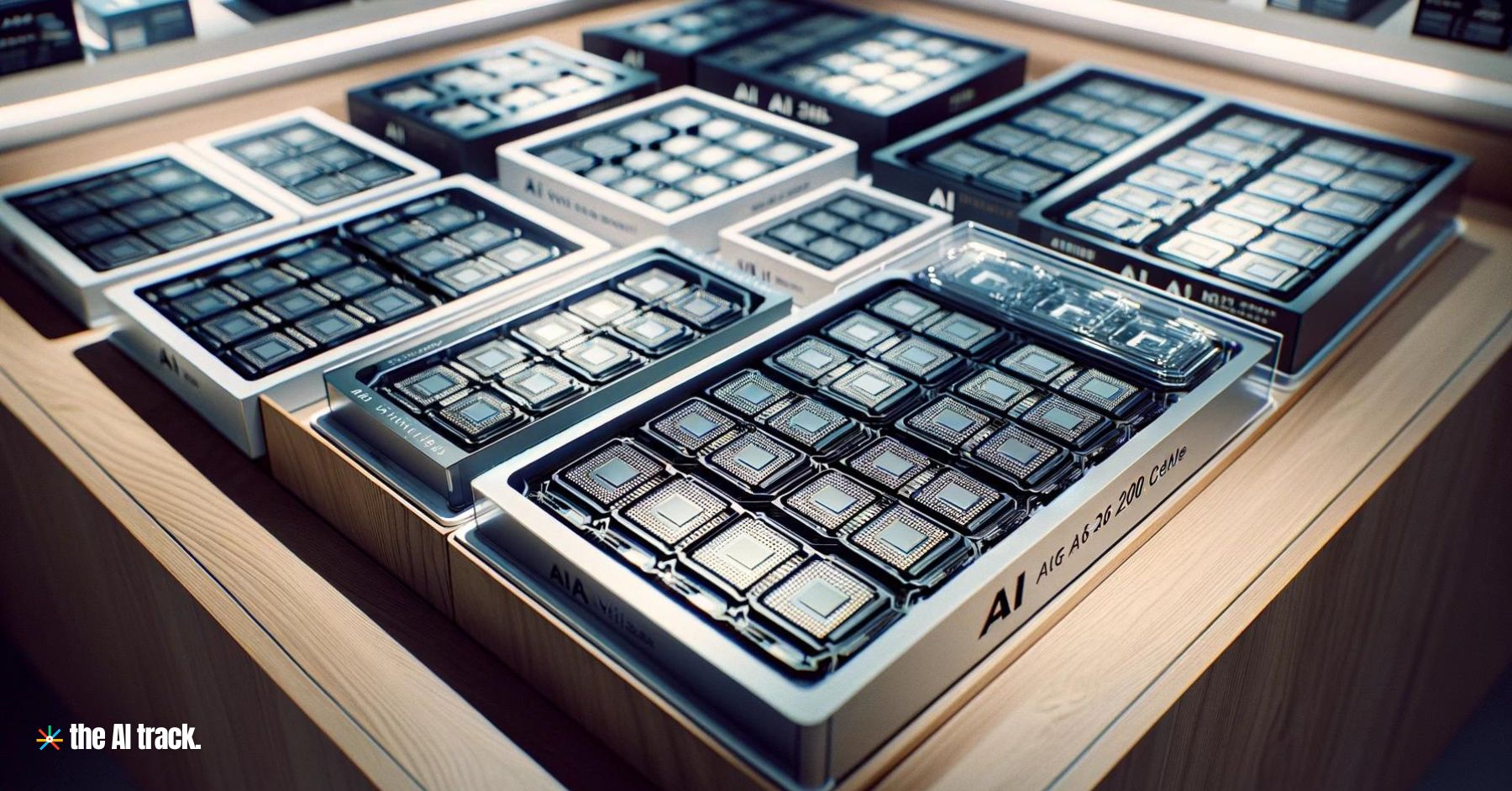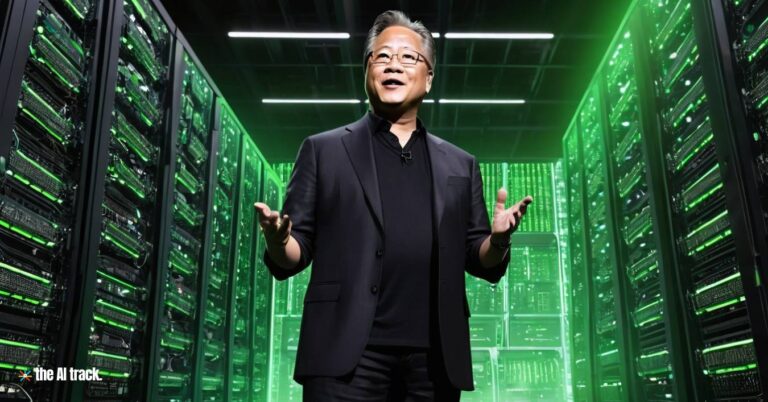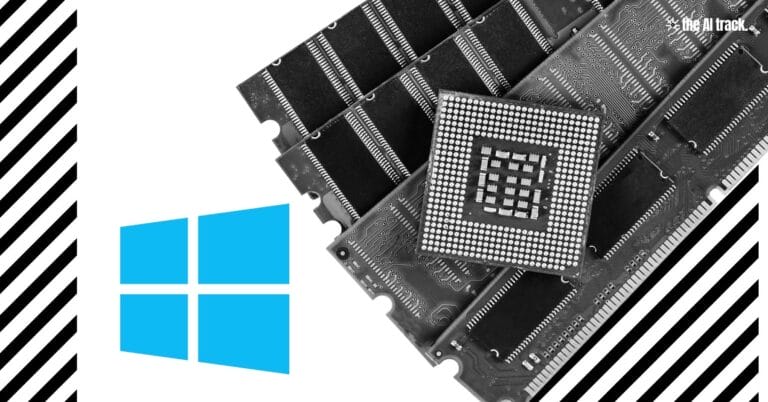At CES 2025 NVIDIA presented groundbreaking AI innovations with Project DIGITS and Cosmos AI, reinforcing its dominance in AI and reshaping the landscape of AI supercomputing and robotics.
Project DIGITS democratizes access to AI supercomputing by equipping personal workstations with powerful AI tools, while Cosmos AI accelerates AI capabilities for robotics and self-driving vehicles.
These announcements reflect NVIDIA’s commitment to enhancing productivity across industries and advancing the development of scalable, accessible AI solutions.

CES 2025 NVIDIA’s announcements – Key Points
NVIDIA’s Expanding Leadership in AI
During CES 2025, NVIDIA cemented its position as a leader in AI by unveiling advancements across generative AI, robotics, autonomous vehicles, and the Omniverse platform. These innovations demonstrate NVIDIA’s ongoing mission to make AI more accessible, scalable, and impactful in sectors such as manufacturing, logistics, automotive, and robotics.
Generative AI Models, Omniverse Expansion, and Robotics
- Generative AI Models and USD Tools: NVIDIA introduced a new generation of generative AI models that can synthesize highly realistic data for AI training. These models are crucial for advancing industries like autonomous driving, robotics, and industrial automation. NVIDIA also enhanced its Universal Scene Description (USD) toolkit, empowering developers to create realistic simulations and 3D models to train AI systems in diverse sectors.
- Omniverse’s Role in AI and Robotics: The Omniverse platform remains central to NVIDIA’s AI strategy, enabling collaboration across industries like smart manufacturing and logistics. Collaborations with companies like Microsoft, Accenture, and Siemens amplify the Omniverse’s role in integrating AI into real-world applications. This platform accelerates the deployment of AI-driven automation and robotics, facilitating rapid prototyping and real-time iteration.
- AI in Physical Automation and Robotics: Jensen Huang, CEO of NVIDIA, highlighted the potential of AI in industries valued over $50 trillion, including manufacturing, logistics, and transportation. AI and robotics integration is poised to transform operational efficiency and redefine automation, unlocking substantial productivity gains.
- Edify SimReady AI Model: NVIDIA introduced the Edify SimReady AI model, designed to simplify AI model training by labeling 3D assets based on their physical properties. This technology is vital for industries like autonomous vehicle testing, enabling more efficient and cost-effective AI training without extensive real-world testing.
Project DIGITS: A Supercomputer for Every Developer
Among the most anticipated CES announcements was Project DIGITS, which aims to bring AI supercomputing to personal workstations. Powered by the Grace Blackwell Superchip, Project DIGITS enables developers, researchers, and students to access high-performance AI resources without relying on costly cloud infrastructure. This initiative bridges the gap between small-scale and enterprise-level AI development, democratizing access to cutting-edge computing power.
Key Features of Project DIGITS
- Grace Blackwell Superchip: The Grace Blackwell Superchip drives Project DIGITS, delivering 1 petaflop of AI performance at FP4 precision. The hybrid architecture, combining a Grace CPU (with 20 cores) and a Blackwell GPU, is optimized for deep learning tasks, making it ideal for handling large datasets and complex AI models. This powerful setup caters to both research and enterprise needs.
- Partnership with MediaTek: NVIDIA’s collaboration with MediaTek aims to refine the GB10 chip, improving AI performance and system efficiency. MediaTek’s expertise in ARM-based SoC designs enhances the overall performance of Project DIGITS, optimizing it for AI workloads.
- AI Performance: Project DIGITS supports AI models with up to 200 billion parameters, and users can connect two units to achieve up to 405 billion parameters. This scalability accommodates both small projects and large enterprise applications, offering flexibility for diverse AI needs.
- Memory and Storage: Each Project DIGITS unit includes 128GB of unified memory and up to 4TB of NVMe storage, ensuring ample resources for intensive AI tasks. These specifications enable efficient handling of large datasets and high-performance AI operations.
- Energy Efficiency: Despite its powerful performance, Project DIGITS operates on standard electrical outlets, avoiding the need for specialized power setups. This energy efficiency lowers operational costs and makes high-performance AI computing more accessible to smaller institutions and independent developers.
AI Development and Scaling with Project DIGITS
- Local and Cloud Deployment: Project DIGITS supports local deployment through NVIDIA DGX OS, and it can scale to NVIDIA DGX Cloud for larger AI projects. This flexibility ensures that users can start with personal workstations and seamlessly transition to enterprise-level cloud solutions.
- Integration with NVIDIA AI Enterprise: Project DIGITS integrates with NVIDIA AI Enterprise, providing developers with a comprehensive suite of tools such as NVIDIA NeMo™ for model fine-tuning, RAPIDS™ for data science workflows, and frameworks like PyTorch and Jupyter Notebooks. This integration simplifies the process of building and deploying AI models, enhancing the productivity of developers.
- Blueprints and Microservices: NVIDIA’s Blueprints and NIM™ microservices streamline the development of AI models, allowing for faster deployment and integration into real-world applications. These resources support quick model deployment, reducing the time it takes to bring AI solutions to market.
Availability and Pricing
- Project DIGITS is set to launch in May 2025, with a starting price of $3,000. This pricing aims to make high-performance AI computing accessible to a wide audience, including educational institutions, independent developers, and small research labs. Early sign-ups are encouraged for updates on availability and pricing.
Introducing Cosmos AI: Enhancing Physical Intelligence
Alongside Project DIGITS, NVIDIA revealed Cosmos AI, a suite of AI models designed to improve robots’ ability to understand and interact with the physical world. Unlike traditional language models, Cosmos AI leverages advanced video processing and simulation capabilities to enable robots and autonomous vehicles (AVs) to interact with and navigate the physical world more effectively.
- Cosmos in Action: Cosmos AI is already being adopted by top companies like Agility, Figure AI, Waabi, Wayve, and Uber. Trained on 20 million hours of real-world video footage, Cosmos AI helps robots and self-driving cars simulate realistic environments and improve interaction with dynamic surroundings, enhancing task-specific training such as object handling and complex navigation.
- Isaac Robot Simulation Platform: Complementing Cosmos AI, NVIDIA introduced a powerful update to its Isaac robot simulation platform, enabling developers to generate large volumes of synthetic, physics-based data from a small set of real-world examples. This innovation drastically reduces training time and costs while optimizing robots for tasks like object manipulation and autonomous navigation.
- Automotive Partnerships: Nvidia’s collaboration with Toyota emphasizes their growing role in autonomous vehicle technology. As a major partner in developing AI for cars, Nvidia is aiming to influence the future of self-driving systems.
NVIDIA’s Cosmos AI stands as a transformative tool in the physical AI domain, providing customizable models through its open platform. This accelerates the development and deployment of intelligent systems for robotics and autonomous driving, all while ensuring high standards of safety, transparency, and security in AI.
RTX 50-Series GPUs: Expanding NVIDIA’s Gaming and AI Leadership
Nvidia’s RTX 50 Series graphics cards were the spotlight, with the next-generation RTX 50-series GPUs: RTX 5090, RTX 5080, RTX 5070 Ti, and RTX 5070, all built on the new Blackwell architecture.
These GPUs deliver substantial performance gains for both gaming and AI applications.
Pricing and Availability:
- RTX 5090: $1,999
- RTX 5080: $999
- RTX 5070 Ti: $749
- RTX 5070: $549
The RTX 5090 and 5080 will be released on January 30, with the other models expected in February 2025.
Key Features of the RTX 5090:
- Performance: Equipped with 92 billion transistors and offering over 3.352 trillion AI operations per second (TOPS), the RTX 5090 is the fastest GPU NVIDIA has released for the consumer market.
- CUDA Cores and Memory: It boasts 21,760 CUDA cores and 32GB of GDDR7 memory with a 512-bit bus, offering a performance boost of up to twice that of the RTX 4090.
- DLSS 4 and Reflex 2: The RTX 5090 introduces DLSS 4 with Multi Frame Generation, boosting performance up to 8 times while maintaining low latency with NVIDIA Reflex 2, enhancing both single-player and multiplayer gaming experiences.
This new generation of GPUs marks a significant leap in AI and gaming performance, reinforcing NVIDIA’s leadership in both sectors.
Nvidia’s Strategic AI Vision and Investment Potential
Nvidia CEO Jensen Huang unveiled the company’s latest AI innovations at CES 2025 in Las Vegas, sparking investor excitement. Following these announcements, Nvidia’s stock saw notable fluctuations, but analysts foresee massive growth ahead.
- Stock Performance: Nvidia shares reached a new high of $153.13, then fell 5.3% to $141.50, after closing at a record high on January 6, 2025.
- Bank of America’s View: Analysts called Nvidia a “top pick” with a buy rating and a price target of $190, implying 35% upside from the intraday price.
- 2024 Stock Growth: Shares nearly tripled in 2024.
Analysts’ Optimism
- 21 Analysts: With 20 analysts holding a “buy” rating, the consensus price target stands at $177, indicating a 25% upside.
- Wedbush’s Forecast: The autonomous robotics sector could unlock a $1 trillion opportunity, potentially elevating Nvidia’s market cap to $4 trillion and even pushing it toward $5 trillion within the next 1-2 years.
Conclusion
CES 2025 NVIDIA announcements: with Project DIGITS, Cosmos AI, and continuous innovations in generative AI and Omniverse, NVIDIA is at the forefront of AI, robotics, and automation. These advancements promise to drive productivity, lower costs, and open up new opportunities across industries. As AI becomes increasingly accessible and scalable, NVIDIA remains a key player in the evolution of AI-driven technological progress.
Everything you need to know about the AI chip business and the geopolitical factors shaping the global race for AI (chip) dominance
Read a comprehensive monthly roundup of the latest AI news!






